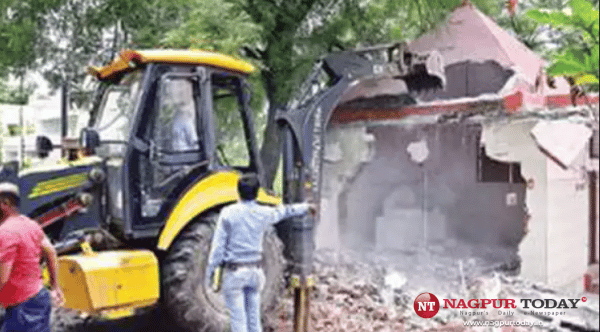Nagpur: Despite the High Court’s order to demolish illegal religious structures across Nagpur city, the Nagpur Municipal Corporation (NMC) has failed to do so. In reply to an application under Right to Information (RTI) Act, the NMC has stated that there are still 121 unauthorised religious structures in the city.
The city-based RTI activist Abhay Kolarkar had sought information in this regard. In reply, NMC stated that these unauthorised religious structures included Hindu, Muslim, and Buddhist structures. Kolarkar had also sought information as to when the survey of these religious structures was done, and how many of these structures were on NMC’s reserved land, and how many places of worship had installed loudspeakers without obtaining necessary permission.
In reply, NMC expressed inability to provide the said information to Kolarkar as it was not available ‘in the form of records’.
Following the High Court’s order in 2014, the NMC had conducted a survey and prepared a list of religious structures bifurcating them into two categories — legal and illegal. As per the list, the city has 1,521 religious structures of which NMC had regularized 17 under category A, while it put 1,504 remaining in category B that pose law and order problems or obstruct traffic and cannot be regularized.
Later, the civic body launched a drive to raze illegal structures, but dropped it midway. At several places, the illegal structures came up again, said sources. Of the 1,504 structures, the NMC had removed or demolished 1,383 from roads, footpaths and public places.
However, the highest number of illegal structures, 51, still exist under Dharampeth Zone followed by Mangalwari 14 and Hanuman Nagar zones 11, the RTI reply revealed. Replying to the RTI application, NMC’s Estate Department, however, skipped many important queries. The department informed Kolarkar that it has no information on how many religious places are governed by trusts and how many structures were regularized by it.















